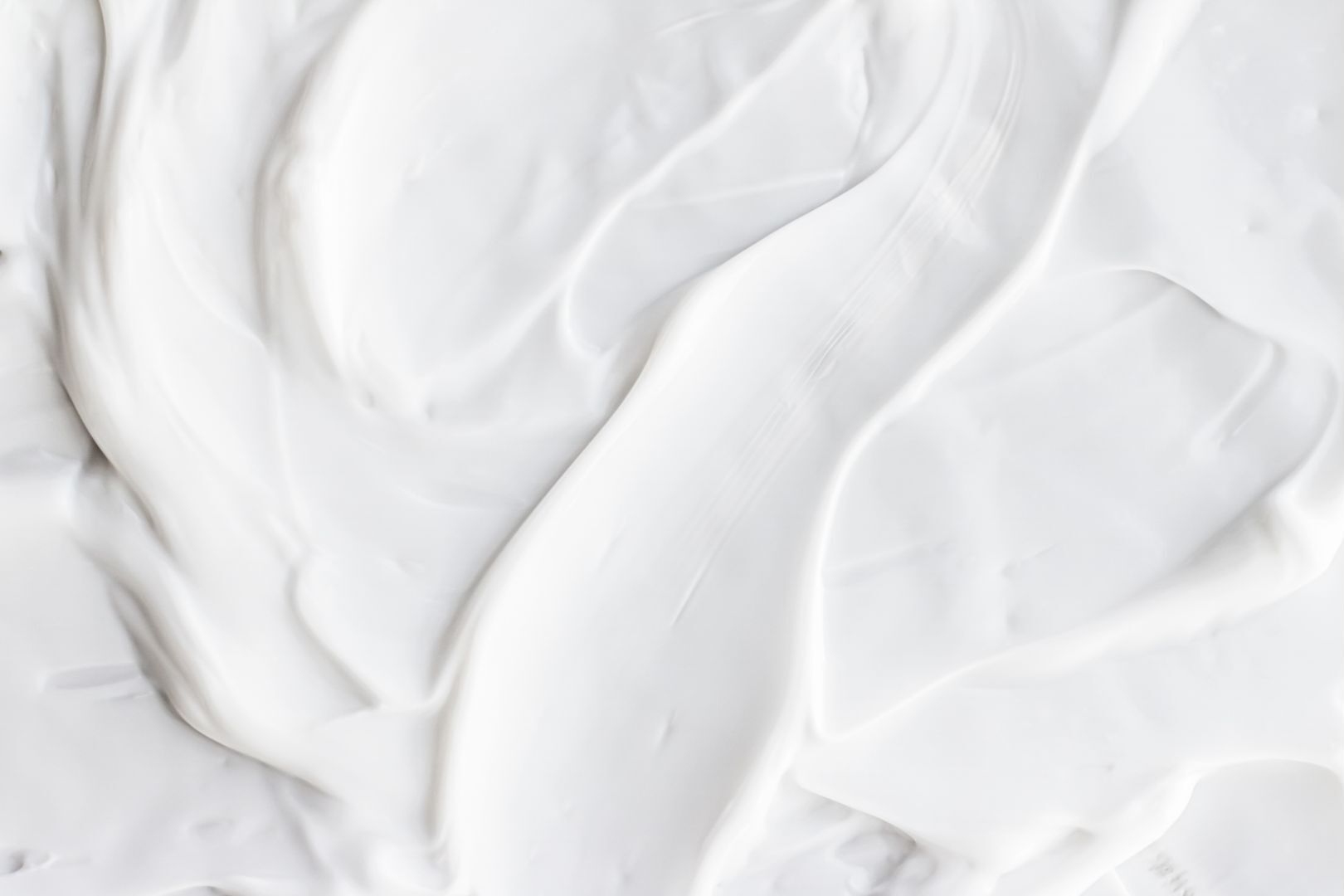

While moisturizing is fairly straightforward, softening rough hands can sometimes be an uphill battle. But if left untreated, rough hands can lead to damage like calluses, which can get thicker and fuller, possibly leading them to crack and split. That can result in bleeding and possible infection from deep cracks.
Fortunately, it is possible to soften your rough, calloused hands (and to prevent them from getting too banged up again). Here, we share the most essential hand-care tips for softening rough hands.
1. Moisturize Daily
Just like you moisturize your body after every shower, it's important to hydrate your hands each day. While it can be hard to choose a hand cream, try sticking with lotions, thanks to their lightness and efficacy. Creams and balms are thicker and more viscous, and typically are recommended for delivering higher concentrations and providing a more emollient effect to the skin. Whereas, with softening calluses in particular, the goal is more to break down the dead skin, rather than trap it in moisture. That’s what makes lotions ideal: Advances in product formulations allow lotions also to deliver proper amounts of effective ingredients without the thickness or greasiness of a cream or balm. (Though creams are best for night absorption!)
While the next tip addresses the best ingredients for breaking down dead skin, you may also be able to improve rough texture (on its own, minus any calluses) with a highly concentrated daily lotion.
2. Prioritize Ingredients Like Salicylic Acid and Urea
So, when it comes to the lotions you should use, let’s narrow it down to a few key “hero” ingredients: salicylic acid, urea, and/or ammonium lactate. Use these daily to help soften and lift away dead skin cells in these areas.
- Salicylic Acid: We usually associate this beta hydroxy acid with having clear skin and unclogged pores. But salicylic acid also helps dissolve dead skin cells on the hands. Salicylic acid has keratolytic properties to break apart the bonds holding together dead skin cells so that they are more easily removed.
- Urea: Urea is a humectant and a keratolytic, again breaking apart the bonds that bind skin cells together, allowing moisture to reach deep down through thickened skin. In other words, urea should help moisturize while also buffing away those dead cells.
- Ammonium Lactate: The hero ingredient in skin-smoothers. It’s used as an exfoliant to uniformly penetrate the skin and soften and buff away dead skin cells. It also helps hydrate and retain moisture within the skin.
3. Try a Peel
While you’re already moisturizing daily with a lotion—and one with any of the above three ingredients—you can also do a weekly or two- or three-time weekly peel to try to more aggressively lift away dead skin cells. The latter is preferred for an every-other or every-third-day peel with gentler concentrations of the same aforementioned ingredients, as opposed to a harsher, once-per-week option that can really make hands molt. (Though that option might be good for the first peel—and it might be even better for a quarterly foot peel, too.)
4. Try Soaking and Grinding
It’s perfectly fine to take some friction to your calluses and buff them out physically. However, be careful against removing too much skin, since that can then cause wounds or tears in the skin, as well as compromise your skin’s barrier functions (trapping moisture in, keeping bacteria out).
To do this on your own, first soak the callus in warm water for about 5-10 minutes so that skin is soft. Then you can file the callus with a pumice stone, using circular or sideways motions. Be sure to moisturize afterward, to help hydrate the skin for a smoother appearance and feel.
5. Or a Standalone Soak
For a more momentary relief from rough skin and dry conditions, you can do a nightly hand soak, which may calm and soften skin. Try combining it with a foot soak using the same recipe—one as simple as using diluted vinegar. Do this by mixing ½ parts warm water and ½ parts white vinegar in a bowl, and soak daily or several times a week for 5–10 minutes. Then pat dry, and apply your lotion or cream.
6. Hydrate Before Bed
You probably already know that it’s a good idea to wear night cream while you sleep. The idea is that this bedtime doing so will synchronize with your cellular regeneration cycle—most of our skin regeneration takes place at night.
It’s recommended to apply a hand lotion before bed, too, for maximum efficacy. And while doing so for the same reasoning, one more argument in favor of this overnight wear: While using hand creams at night does sync with your natural skin’s regenerative cycle, also use it at this time as you are giving more time for the medicated actives to penetrate your skin. You are not using your hands or hand-washing throughout the night, as you might be during the day. Thus, you’ve got a longer runway to help enjoy those hand-lotion benefits, as opposed to during the day when your hands are hyperactive.
7. Blot Your Hands Dry
While you might be tempted to rub your hands dry with a washcloth, the best route for soft hands is to blot them dry. This ensures that a little bit of moisture remains on the skin and that you don't get too rough and scratch your skin in the process. It's also a good idea to apply moisturizer while the skin is still a bit damp, as this will help "trap" moisture in the skin.
8. Wash With a Moisturizing Soap
Some soaps have a tendency to strip the skin, so be sure to check the label. Ingredients such as lanolin and glycerin will help hydrate—this is especially key for those who wash their hands frequently throughout the day.
When to See a Dermatologist
First try these tips before seeing a dermatologist. If you are not noticing improvement with these remedies, seek out professional help from a board-certified dermatologist or podiatrist. Often, calluses can be mistaken for other skin conditions (like warts). Your doctor can determine the best remedy or help properly diagnose the condition in the first place.
Nourishing Cream From Wild Naturals
So you have your hand lotion figured out now for the day, but for this thicker nighttime cream, what do you use? Be careful of ingredients like mineral oil and petroleum. Why? While these may be a staple in almost every lotion you’ll see at your local drugstore or Target, these ingredients are only beneficial if you don’t already have dry/rough skin.
For the right time of cream for your hands and body, check out Wild Naturals Manuka Honey Cream for smooth, hydrated skin all day and all night!


